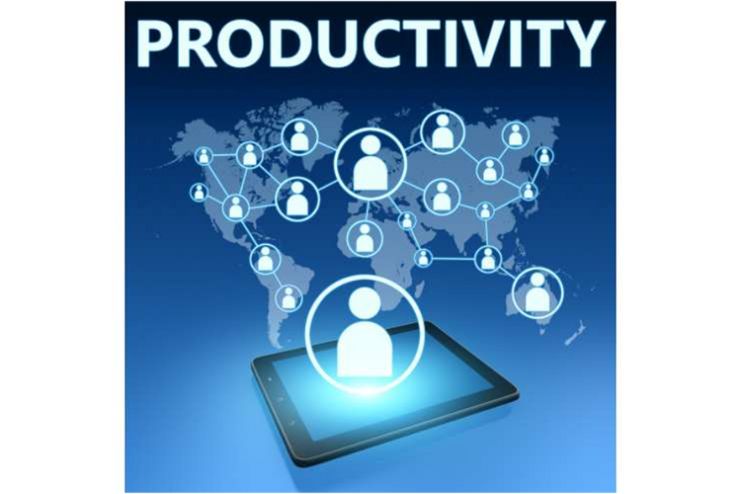Affiliate Disclaimer
Some links in this article are affiliate links. We may earn a small commission if you make a purchase through these links, at no extra cost to you. We only recommend products we find useful to our readersIn our fast-paced world, where fatigue can hit without warning, power naps offer a refreshing solution to recharge quickly. The purpose of a power nap, which usually lasts 15 to 30 minutes, is to rejuvenate your mind without causing you to feel drowsy after a longer sleep. They can dramatically increase alertness, cognitive function, memory consolidation, and lower stress, which improves brain health and productivity. It’s like giving your brain a little “recharge” to help you work better all day.
This little nap is becoming a standard in offices and personal routines worldwide; it is no longer just for lazy afternoons. The power nap is changing how we think about wellness and productivity, from tech giants offering nap pods to people scheduling midday recharge periods.
The Science of Power Naps

Let’s define power sleeping before discussing its advantages. Power naps are quick, 10-—to 30-minute naps taken daily to increase alertness and productivity. Unlike extended naps or sleeping at night, power naps are designed to provide the benefits of sleep without the potential grogginess that comes with longer rest periods. The key to a successful power nap is avoiding deep sleep, which can leave you exhausted and tired.
Additionally, power naps significantly impact emotional control. They assist you in regaining emotional equilibrium, elevating your mood, and decreasing irritation by lowering cortisol levels, the stress hormone. It is beneficial in high-stress situations where emotional fortitude can make or break productivity.
Power naps help you avoid the grogginess of waking up from deep sleep, known as sleep inertia. Instead, they provide a clear brain reset that leaves you alert and rejuvenated. Power naps find the ideal balance between rest and renewal and provide a cognitive and emotional boost without interfering with your day.
Benefits of Power Naps
Numerous advantages of power naps include enhanced memory, creativity, problem-solving skills, and cognitive function. Additionally, they help lower cortisol and stress levels, which can enhance overall wellness.
- Power naps are extremely effective for improving general well-being and mental capacity. One of their most notable advantages is improved learning and memory. Your brain consolidates freshly learned knowledge during a short sleep, improving recall and retention. Because of this, power naps are an essential tool for professionals and students.
- A power nap is an excellent tool for anyone who wishes to think more creatively because it can help increase creativity and problem-solving skills. By giving your brain the chance to relax, a power nap promotes the development of new connections between concepts. After a quick snooze, many creative breakthroughs have been credited to the renewed perspective.
- Research shows that a power nap improves memory, reaction time, decision-making abilities, and other cognitive functions.
- Your mood and ability to control your emotions can significantly improve by taking a power nap. These mini-snaps help you maintain composure and equilibrium under pressure by reducing stress hormones like cortisol.
- Power naps sharply increase focus and alertness. Resting for 15 to 30 minutes can help you overcome mental exhaustion, regain focus, and approach tasks with more vigor.
Productivity and Workplace Culture

A rising number of businesses have adopted nap-friendly practices in recent years after realizing the significant boost that sleep can have to productivity. One effective way to gain a competitive edge is to take naps. A wealth of recent research shows that naps enhance alertness, motor skills, perception, and reaction speed in addition to providing physical rest.
For a long time, employers have disapproved of employees falling asleep at their workstations during the workday. However, prior studies have demonstrated that allowing employees to sleep while working might benefit companies.
The Sleep Foundation asserts that getting enough sleep enhances optimal job performance. According to the Sleep Foundation, getting enough sleep has the following effects on one’s ability to function at work:
- Increased alertness, concentration, and focus
- Reduced “microsleeps”
- Reduced mistakes and omissions
- Quicker responses
- Reduced probability of stress, irritation, or dislike at work
Naps are now viewed as a strategic tool for job success, not just a means of getting a fast fix. Businesses that encourage sleeping are not only investing in the health of their staff members but also cultivating an innovative and productive culture. Incorporating rest into the daily grind is a crucial step toward improving employee contentment and performance in a world that increasingly values work-life balance.
Tips for Effective Power Napping

- Timing and setting are crucial for maximizing the advantages of a power nap. A power nap should last no more than ten to thirty minutes. During this brief window, you can enter the lighter stages of sleep, revitalizing your brain without making you feel drowsy.
- The best time of day to take a nap is during early afternoon, typically between 1 and 3 PM. This is consistent with the body’s circadian rhythm, which is when energy levels typically decrease. Snoozing within this window is the best way to regain attention and mental clarity for the remainder of the day.
- Setting up a favorable atmosphere is essential. Selecting a peaceful, cozy area with low lighting tells your brain it’s time to unwind. Use a white noise machine or noise-canceling headphones to reduce outside sounds so your sleep is uninterrupted.
- You should set an alarm to prevent oversleeping. A gentle reminder can help you wake up at the best time for naps so you don’t enter a deep sleep cycle. Using these suggestions, you’ll get the most out of your snooze and wake up refreshed and prepared to take on whatever comes next.
Conclusion
Your brain and productivity will benefit significantly from incorporating frequent power naps into your regimen. These quick, restorative naps improve memory, stimulate creativity, control emotions, and increase focus, changing how you tackle daily obstacles and jobs. Try taking power naps and observe how they affect your productivity.
References
- https://www.hopkinsmedicine.org/health/wellness-and-prevention/can-a-nap-boost-brain-health
- https://www.bbc.com/future/article/20240126-why-power-naps-might-be-good-for-our-health
- https://pubmed.ncbi.nlm.nih.gov/21075238/
- https://www.yalemedicine.org/news/can-taking-an-afternoon-nap-boost-your-energy
- https://www.health.com/short-nap-good-for-brain-health-7552685
- https://www.apa.org/monitor/2016/07-08/naps
- https://b-sync.life/blogs/science/the-science-of-power-naps-how-to-take-a-nap-to-boost-your-energy-and-productivity
- https://www.aspenhospital.org/healthy-journey/boost-your-productivity-with-a-power-nap
- https://welltek.co/workplace-napping
- https://www.businessnewsdaily.com/8165-sleeping-at-work.html
- https://hbr.org/2010/09/why-companies-should-insist-em
- https://www.health.com/power-naps-7553804
- https://www.goodpath.com/learn/power-nap-benefits
- https://health.clevelandclinic.org/power-naps
- https://www.sleep.com/sleep-health/power-nap
In this Article




















